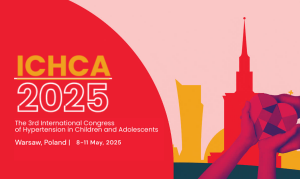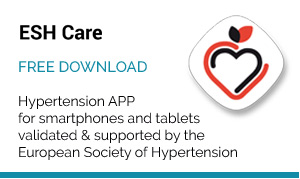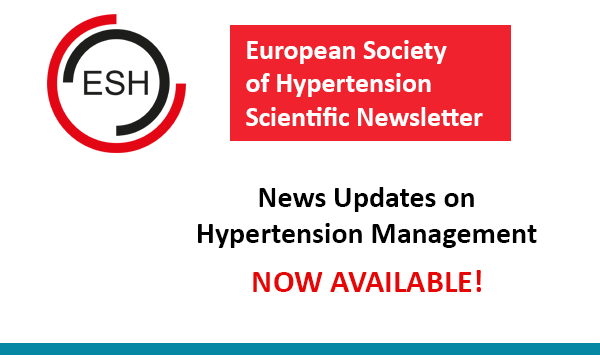Hypertension 2008
Intensive glucose lowering to treat type 2 diabetes increases mortality without significantly reducing major cardiovascular events, according to disappointing results of a major clinical trial.
The Action to Control Cardiovascular Risk in Diabetes (ACCORD) results were published in the 12 June 2008 issue of the New England Journal of Medicine.(Effects of intensive glucose lowering in type 2 diabetes. N Engl J Med 2008;358:2545-59)
Investigators randomized 10,251 patients to either intensive therapy (targeting a glycated hemoglobin level below 6.0%) or standard therapy (target: 7.0 to 7.9%). Near normal glucose control (achieved with the use of combination therapy including heavy use of thiazolidinediones, sulfonylureas, metformin, and insulin) was associated with significantly increased risk of both cardiovascular and all-cause mortality. There was no clear explanation for the increased mortality and the findings led to discontinuation of intensive therapy after a mean follow-up of 3.5 years.
ACCORD participants also were randomly assigned to undergo intensive therapy or standard therapy for blood pressure lowering, with a target for systolic blood pressure of either <120 or <140 mm Hg. Using a double two-by-two factorial design, there was an additional randomization to either fenofibrate or placebo. These blood pressure and lipid trials are continuing.
Patients were typical of adults with type 2 diabetes: mean age was 62 years, duration of diabetes was 10 years, and median glycated hemoglobin was 8.1% at baseline. About one-third of patients had a history of macrovascular disease.
A second study, reported in the same issue of NEJM, also evaluated intensive and standard glucose-lowering targets in type 2 diabetes. The ADVANCE (Action in Diabetes and Vascular Disease: Preterax and Diamicron Modified Release Controlled Evaluation) study included 11,140 patients and the primary outcome was a composite of macrovascular and microvascular events (Intensive blood glucose control and vascular outcomes in patients with type 2 diabetes. N Engl J Med 2008;358:2560-72). There was a reduction in this composite endpoint (18.1% vs. 20.0%; p = 0.01), but this was mostly due to reductions in new-onset microalbuminuria and nephropathy, which could be predicted from previous large trials. While there was no significant reduction in major macrovascular events, there was no evidence of increased mortality in the ADVANCE trial.
In an accompanying editorial (Intensive blood glucose control and vascular outcomes in patients with type 2 diabetes. N Engl J Med 2008;358:2630-33), Robert G. Dluhy, MD, and Graham T. McMahon, MD, wrote: “Although improved glucose control can clearly protect against the development of microvascular complications, the absence of a reduction in macrovascular events implicates an additive effect of nonglycemic risk factors that often accompany diabetes, such as hypertension, hyperlipidemia, and hypercoagulability”. (3)
So, targeting glycated hemoglobin levels below currently accepted standards in high-risk patients with type 2 diabetes appears to have no beneficial effect on cardiovascular disease. On the basis of these trials, special consideration may need to be given to high-risk patients with multiple risk factors and heart disease. Current recommendations suggest adoption of “individualized” goals for certain populations and this may include a target of 7% glycated hemoglobin level in high-risk patients with type 2 diabetes, especially when considering aggressive pharmacotherapy.






